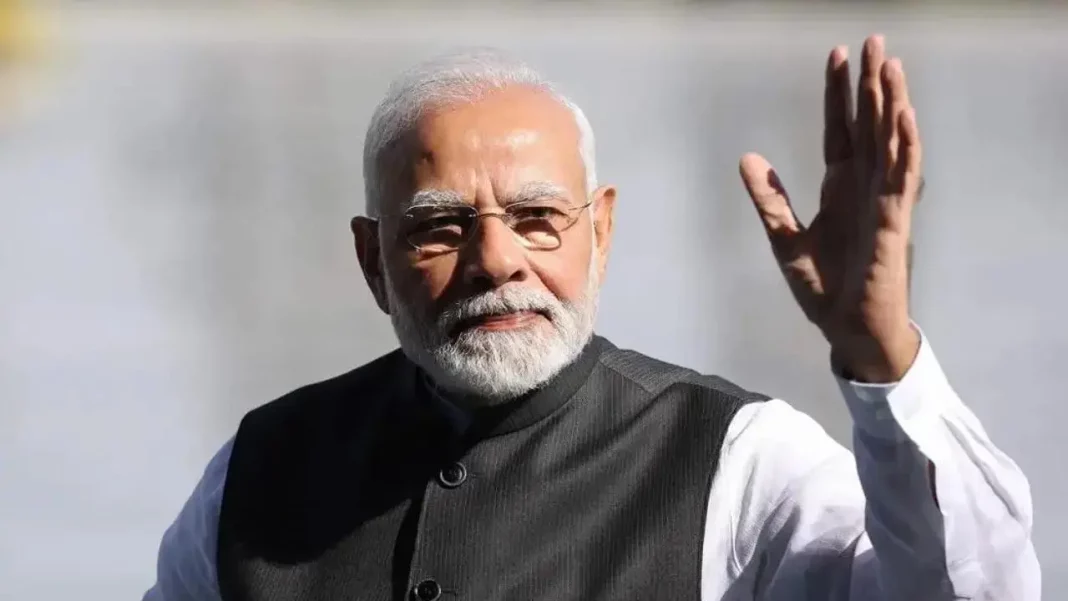As India navigates this new political landscape, the coming months will be crucial in determining the direction of its governance and economic policies.
The outcome of the general elections in India can be summed up in a sentence that Prime Minister Narendra Modi-led National Democratic Alliance (NDA) has survived, and the opposition demoralised over the past 10 years has revived itself.
The main constituent of NDA, the Hindu nationalist Bharatiya Janata Party (BJP) struggled to maintain its stronghold. The vote counts have clearly revealed a significant shift in voter sentiment, with the BJP falling short of the 272-majority mark, a notable decline from its previous dominance.
The BJP secured 241 seats, a sharp drop from 303, necessitating reliance on 35 regional allies to achieve a total of 290 seats in the 543-member Lok Sabha, India’s lower house of parliament. A majority requires 272 seats. The opposition alliance, the Indian National Developmental Inclusive Alliance (INDIA) led by the main Congress party, made substantial gains, winning 230 seats, up from the 91 seats in the previous House.
The Congress party, the main opposition, led in 99 seats, an increase from the 52 seats in 2019.
The Samajwadi Party (SP), an ally of Congress, demonstrated a standout performance, leading in 37 seats in Uttar Pradesh, India’s most populous state, compared to just five seats previously. The state sends 80 MPs to the Indian parliament. Equally, the Trinamool Congress in West Bengal also displayed stellar performance security 29 seats out of 42 seats in the state.
This shift was achieved by consolidating anti-BJP votes and reviving the coalition of Dalits (lower castes Hindus) backward castes, and Muslims. After a long time, it looks a normal election in India, where local issues and caste calculus worked.
The BJP’s emphasis on constructing the Ram Temple on the demolished Babri Masjid site did not resonate as intended, particularly evidenced by the BJP’s loss in Ayodhya, the temple’s location.
For the first time, Modi will have to rely heavily on his allies, signalling potential concessions on various policy fronts. This reliance marks a significant shift from the BJP’s previous solo dominance over the past 10 years and suggests a more complex governance landscape moving forward.
The seven-phase election, the world’s largest democratic exercise, began on April 19 and concluded on June 4, highlighting the immense scale and logistical challenges of Indian elections.
The BJP’s ambitious slogan of ‘Abki baar 400 paar’ quickly lost its fervour as election results trickled in. Modi’s pledges to fast-track economic growth and elevate India to the world’s third-largest economy also failed to captivate the electorate as effectively as the 2019 campaign’s focus on national security and surgical strikes did.
The opposition parties effectively highlighted persisting economic challenges, joblessness, demand depression in rural areas and farm distress where most voters reside.
A key factor in the BJP’s diminished performance was the unprecedented unity among opposition parties under the INDIA bloc. This consolidation effectively neutralized the BJP’s advantage of a fragmented opposition vote. Recognizing this threat, the BJP repeatedly tried Hindu consolidation, raising imaginary fears of Muslims.
Modi’s major allies, senior politicians like Janata Dal (United) chief and Bihar Chief Minister Nitish Kumar, and Telugu Desam Party chief Chandrababu Naidu, may play crucial roles in the post-election coalition landscape. Both leaders have a history of switching alliances between the NDA and the opposition, raising questions about their potential influence as kingmakers.
The 2024 Lok Sabha election results mark a significant moment in Indian politics, signalling the end of the BJP’s era of unchallenged dominance. The return to coalition politics brings back an era of negotiation and compromise, reminiscent of India’s political landscape before Modi’s decisive mandate in 2014.
As the BJP adjusts to this new reality, the role of coalition partners will be critical.
The fragile nature of coalition politics means that stability is not guaranteed. The opposition’s renewed vigour and the electorate’s message of caution to the BJP suggest that Indian politics is entering a period of greater uncertainty and dynamism.
The electorate’s message is clear: while they acknowledge the progress made under Modi’s leadership, they also expect greater inclusivity and attention to the diverse needs of India’s vast population. The electorate has voiced its desire for a balanced approach, and the BJP will need to recalibrate its strategies to address the evolving political and economic realities of the nation.




